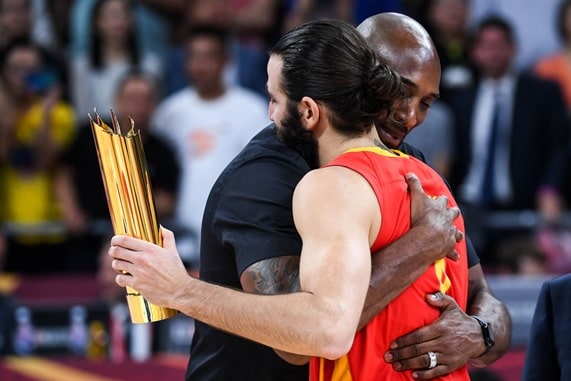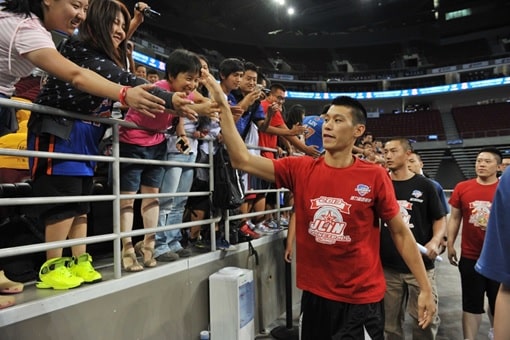
The average salary of WNBA players during the 2021–2022 season was $102,751. Meanwhile, the average NBA player was paid $7.3 million during the same season. Even though both leagues are home to the best basketball players in the country, WNBA players ended up earning 71 times less per season compared to their male colleagues. Is there a valid reason for the pay disparity between the leagues? What needs to happen for WNBA players to reap the same benefits as their NBA counterparts?
Financial Difficulties in Raising WNBA Players’ Paychecks
A deeper analysis of the WNBA’s revenue stream is crucial to understanding why the league is paying its players much less than the NBA. The World Sports Network reported that, after comparing the salaries of the WNBA and NBA, the average revenue for the NBA is approximately $7.4 billion, while the average revenue for the WNBA is only $60 million. It is, therefore, necessary to have a staggering revenue difference of $7.3 billion in order to make equal pay opportunities feasible. For NBA players, this difference in income gives them access to a level of professional and personal opportunities that WNBA players simply do not have.
Even though salaries, taxes, and other payouts are important components of how that revenue is spent, the WNBA and NBA are very different. After all, the ladies’ league still has difficulty making a profit. “The WNBA was losing $10 million a year,” NBA Commissioner Adam Silver stated in a 2018 Associated Press interview regarding the league’s financial situation.
It is not surprising that the WNBA has not produced a consistent and comparable profit, given that it has had 50 fewer years than the NBA during which to make its business model profitable. It does, however, raise the question of which strategies the WNBA will need to independently implement in order to reach the same revenue turnover levels as the NBA.
WNBA Players Reconsider the Distribution of Revenue
WNBA players are aware that a public discussion regarding increasing their compensation is fraught with controversy. Therefore, when Las Vegas Aces star, Kelsey Plum, was asked for her opinion on the topic, she was forthright in her approach to changing the narrative, saying, “We’re not asking to get paid what the men get paid…we’re asking to get paid the same percentage of revenue shared.”
Plum defended herself and other WNBA players by calling the controversy a “huge misconception” and explaining that they don’t want to earn the exact salaries of NBA players. In her interview, Plum stated, “I don’t think I should get paid the same as LeBron…but [when it comes to] the percentage of revenue… Like, for example, [when] they sell my jersey in Mandalay Bay, I don’t get a dime. So, that’s the stuff we’re talking about.”
With NBA players currently receiving 50% of shared revenue and WNBA players only seeing 20%, Plum’s call for WNBA players to receive a greater percentage of revenue could be a step in the direction of growing the players’ financial landscape.
In a separate interview, Sue Bird, the Seattle Storm star and four-time Olympic gold medalist, backed Plum’s opinion and added her own take.
“I don’t think we should get the same money as NBA players,” Bird said. “People think that [is what we mean] when we say things like ‘we want equality.’”
Rather than focusing on the payment, Bird is advocating for ways to grow the WNBA as a business, starting with exposure and investment.
What’s the Next Step?
Both Bird and Plum contend that a more equitable revenue distribution of profits would allow the WNBA to develop into a more profitable, self-sustaining organization and increase its chances of becoming more well-known in the world of mainstream sports. These women offer helpful reminders that the discussion surrounding raising the salary of WNBA players goes far beyond a simple financial disparity.
Disparities between the leagues exist in media coverage, opportunities, TV contracts, corporate sponsorships, and available funding. While these things will not change quickly, the WNBA is getting closer to growing the business and providing its gifted athletes with more support as 2025 contract talks draw near.



